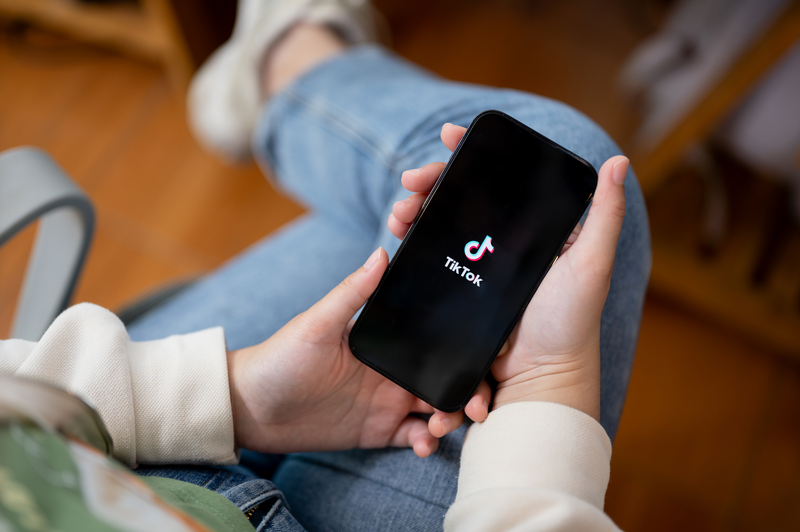
Don’t get left behind
Daylight Savings Time will commence at 2 a.m. on Sunday, March 11, causing people everywhere to lose an hour of their day.
The practice of Daylight Savings Time (setting clocks forward one hour in the spring) began in 1918, during World War I, to conserve energy, but it didn’t become widely accepted in the States until after the second World War.
In 1966, the Uniform Time Act outlined that clocks should be set forward on the last Sunday in April and set back the last Sunday in October. That law was amended in 1986 to start daylight saving time on the first Sunday in April, though the new system wasn’t implemented until 1987. The end date was not changed, however, and remained the last Sunday in October until 2006.
These days, Daylight Saving Time begins on the second Sunday in March and ends on the first Sunday in November. This year, it will run from March 11 until Nov. 4.
Daylight Savings Time is supposed to provide us with longer days, but it can take some time to get used to a new schedule.
According to healthcanal.com, people go to work or school on the first Monday of Daylight Saving Time after sleeping 40 fewer minutes than normal, on average. Researchers have reported there’s a higher risk of heart attacks, traffic accidents and workplace injuries on the first Monday of Daylight Saving Time.
Residents of Arizona, Hawaii and U.S. territories Puerto Rico and the Virgin Islands will not have to worry about these risks, as they will remain on their normal schedules.
Is there a bright side to Daylight Savings Time? Yes. IKEA, The Life Improvement Store, will be offering free cups of coffee (while supplies last) at select high-traffic locations across the nation on Monday, March 12 to help local commuters wake up after losing an hour of precious sleep















